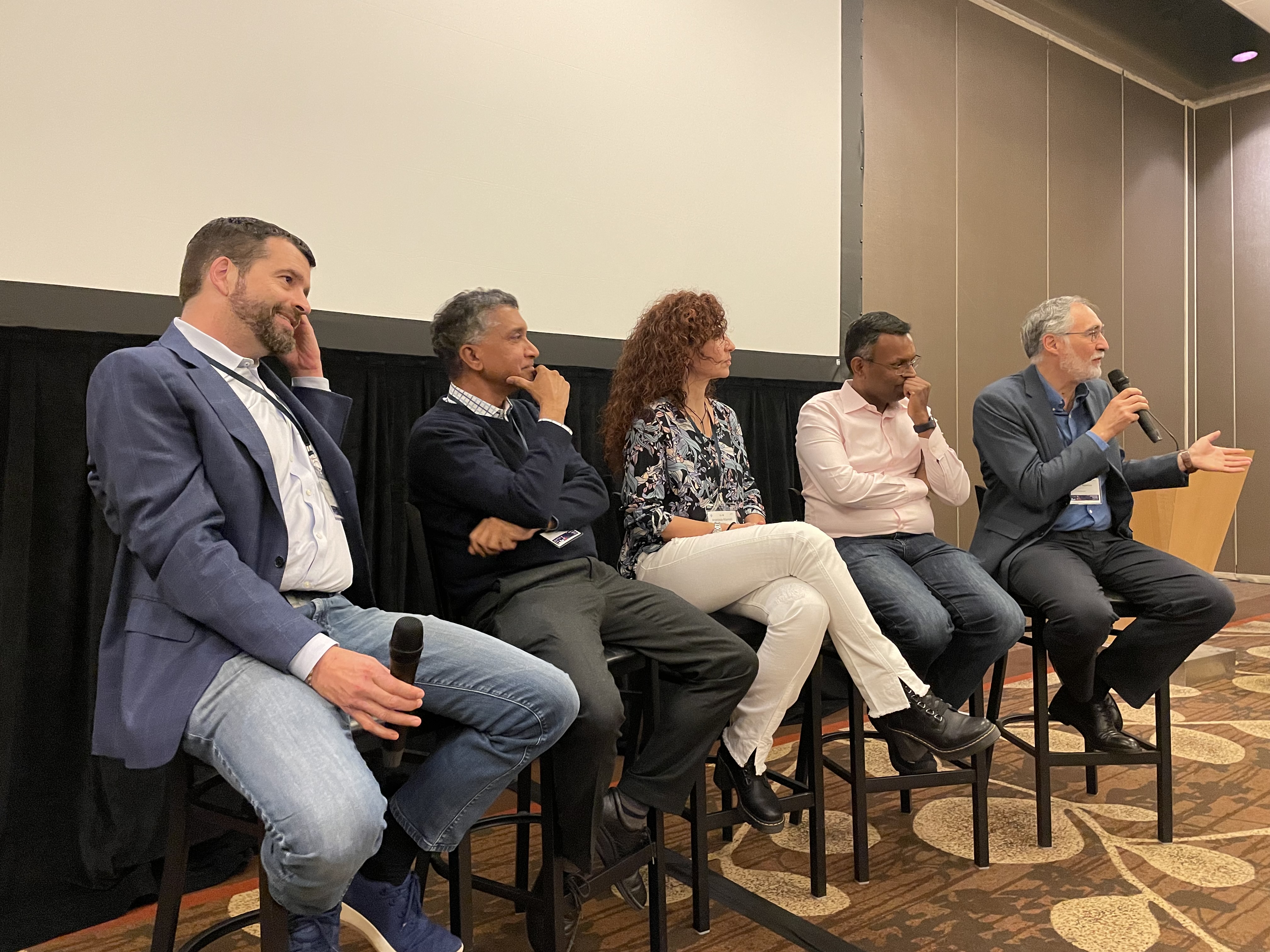Recent reads (Mar-Apr 2024)
I am late for my book reporting. These are the books I read mostly in March. Going infinite (Michael Lewis, 2024) I had the highest of praise for Michael Lewis several times , and called him one of my favorite authors. I feel sorry to write a bad review for one of my favorite authors. Lewis faced significant backlash from people who questioned his impartiality in portraying Sam Bankman-Fried (SBF), raising concerns about the fairness of his depiction. My complaint is not that. I came to this book for captivating story-telling, which, unfortunately, falls short. This book pales in comparison to Lewis's past works. We are talking about the guy who made me read thick books about finance and stock trading worlds which I had zero interest in as if they were fast-paced thriller novels. So I was really looking forward to reading this book to get that reader's high, but I was disappointed. I am familiar with the blockchain and cryptocurrency world through my research and my internal











